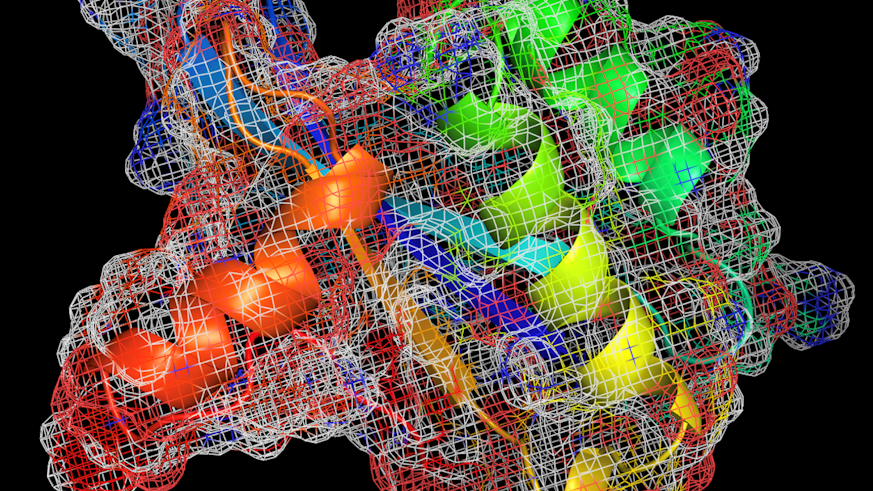The 3D shape of a protein involved in regulating blood pressure has been determined
22 March 2019

A team of researchers led by Cardiff University has solved the 3D structure of a protein involved in the regulation of blood pressure, an advance that will facilitate the discovery of new antihypertensive drugs.
Blood pressure levels are tightly regulated by many enzymes in the body, including two proteins known as SPAK and OSR1. Various studies have shown that blocking the function of these two enzymes results in lowering of blood pressure and therefore lots of effort has been dedicated to the discovery of new molecules that inhibit these enzymes.
To date, the discovery of molecules that bind SPAK and OSR1 and lower blood pressure has been limited by the lack of understanding of the full 3D architecture of these proteins. With the aim of addressing this lack of knowledge, Dr. Mehellou, along with researchers from the University of Birmingham, used a technique known as NMR to determine the 3D structure of part of the OSR1 protein, which is important for its function. The study, which is published in the Biochemical and Biophysical Research Communications, reports the first use of the NMR technique to determine the 3D shape of an OSR1 part and this is now a powerful resource that could speed up the discovery of new molecules that bind OSR1 and reduce blood pressure.
Dr. Youcef Mehellou, who co-led the study, said: “The discovery of new treatments of hypertension that work by blocking the activity of the enzyme OSR1 has been hindered for many years by the lack of knowledge on its 3D shape. With our discovery, we now have a powerful resource that will facilitate and speed up the discovery of new antihypertensive drugs”.
Further details on this study can be found here.
